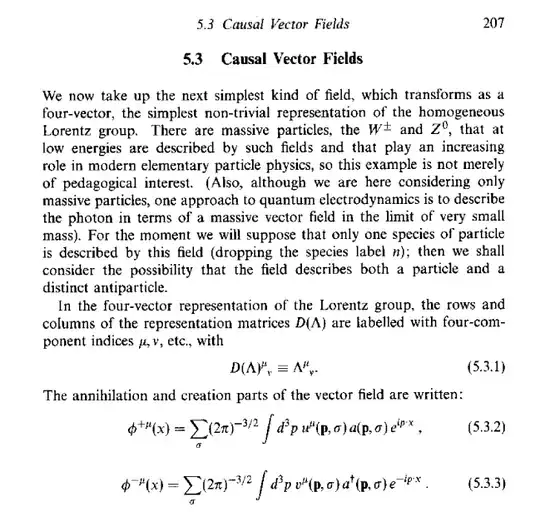It's because 4-vector fields in the $(1/2,1/2)$ representation don't produce any spin-0 excitations, at least not in consistent theories.
Electromagnetism is the canonical example. The vector field $A_\mu$ would create both positive-norm ($A_i$) and negative-norm ($A_0$) polarizations. The latter is time-like. However, probabilities can't be negative, so for this electromagnetic potential as well as any other 4-vector field, there must exist a gauge symmetry that decouples the spin-0, timelike component. In fact, it decouples two components – the time-like one and the longitudinal one. The longitudinal one may get restored by the Higgs mechanism in the case of massive vectors such as the W-bosons.
At any rate, whether one talks about massless particles created such fields – e.g. photons or gluons – or about the massive ones such as W- and Z-bosons, there is no physical spin-0 polarizations which is why the massive ones in particular are known as vector bosons.
Incidentally, for electromagnetism and other gauge theories, the $(1,0)$ or $(0,1)$ representations appear, too. $F_{\mu\nu}$, the gauge-invariant field strength of the $(1/2,1/2)$ potential, transforms as $(1,0)\oplus (0,1)$. In the Minkowski signature, one may impose a real projection on this representation to get 6 real components (electric and magnetic field strength); in other signatures, one may separate $(0,1)$ and $(1,0)$.


